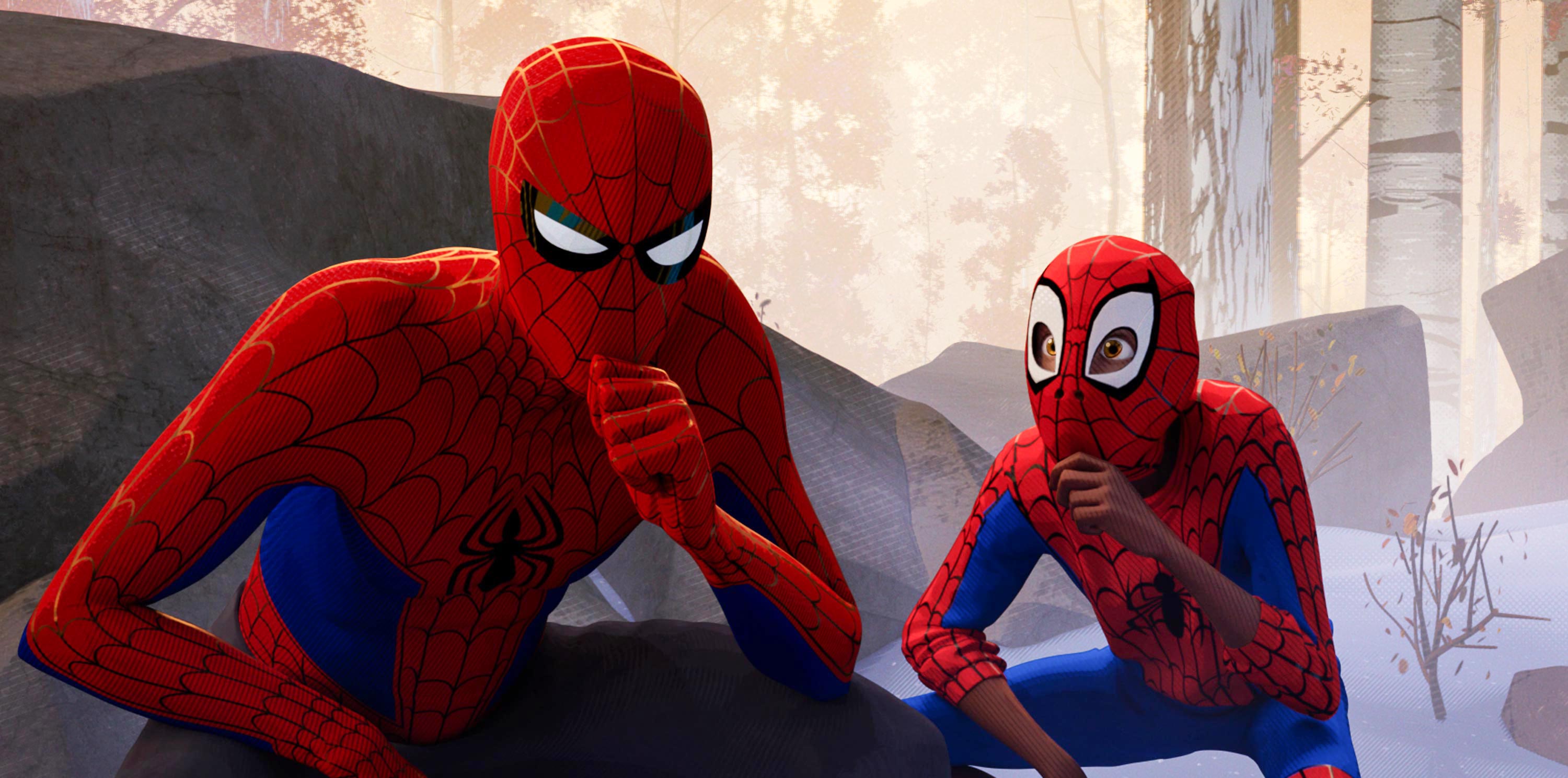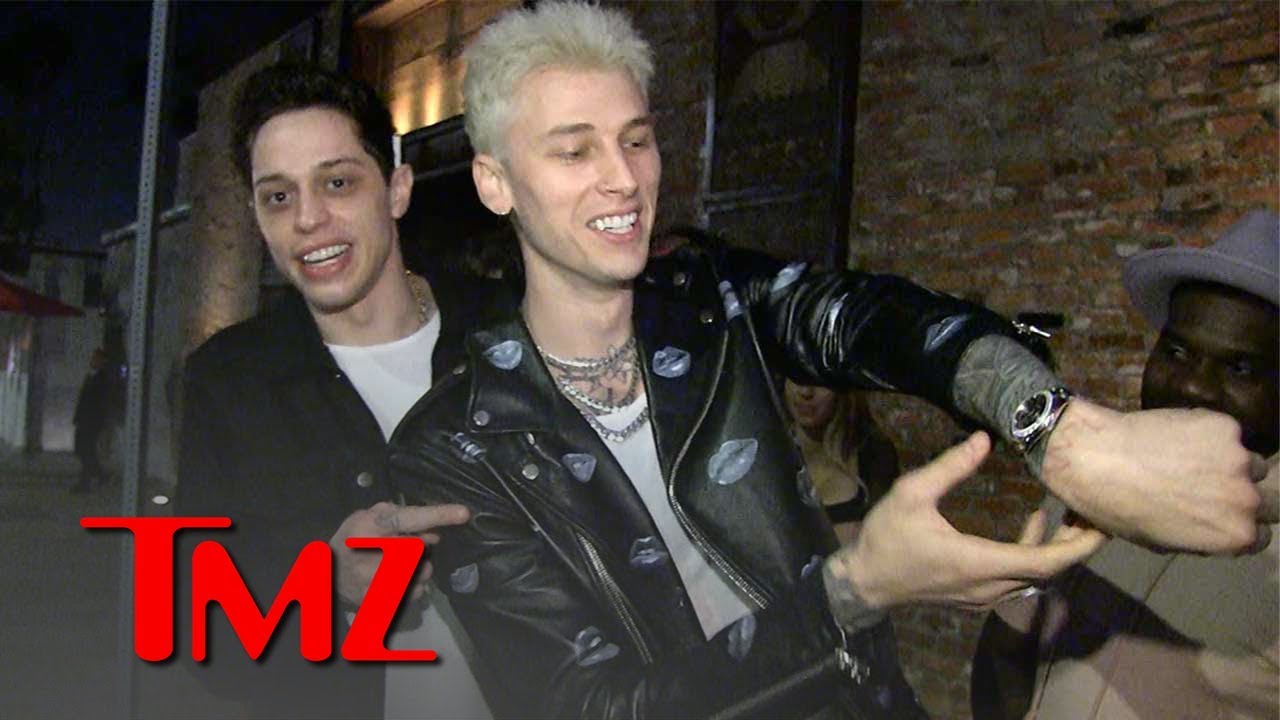
No other superhero franchise has been rebooted as frequently in the last two decades as Spider-Man. We’ve seen our fair share of radioactive spider bites and dead Uncle Bens on screen, and Spider-Man: Into the Spider-Verse (directed by Bob Persichetti, Peter Ramsey, and Rodney Rothman) reintroduces everyone’s favorite web-slinger yet again.
But that’s about where the similarities end: The latest animated adventure from writer Phil Lord and producer Chris Miller is a universe-hopping, fourth-wall-breaking delight that follows six Spider-People from different worlds as they team up to stop an interdimensional threat. Not only does Spider-Verse poke fun at the tired tropes of superhero origin stories, it reassembles them into something wholly original, resulting in a heartfelt love letter to Spidey and the many forms he’s taken over the years.
“There’s something really wonderful about the idea that anyone could be underneath that mask,” Lord says.
Spider-Verse’s various heroes include an older, jaded Peter Parker (voiced by Jake Johnson); the rock star Gwen Stacy (Hailee Steinfeld); the brooding Spider-Man Noir (Nicolas Cage); the young Peni Parker (Kimiko Glenn) and her robot sidekick; and the anthropomorphic pig Spider-Ham (John Mulaney). But the story’s heart is Miles Morales (Shameik Moore), an Afro-Latino teenager from Brooklyn who’s trying to juggle his new powers while being an ordinary 14-year-old. There’s a reason Spider-Man has endured as one of the most popular heroes of all time: His problems are simultaneously cosmic and mundane, and when he’s not fighting bad guys, Miles finds himself torn between his strait-laced cop father (Brian Tyree Henry) and his slick uncle Aaron (Mahershala Ali).

“With great power does come great responsibility, and I think Miles takes that on from a whole different angle in this movie,” Moore tells EW.
Brian Michael Bendis and Sara Pichelli created the fan-favorite character for Marvel Comics in 2011, but Spider-Verse is Miles’ big-screen debut, and his ethnic identity is a key part of the story. “If there’s a kid in Brooklyn who’s half Puerto Rican and half African-American with curly hair living in Flatbush or somewhere, it’ll be very relatable,” Moore says. “I think that’s important.”
The filmmakers also took the animation in an innovative new direction, mixing 3-D action with a 2-D painterly style (expect plenty of comic-book elements, too, like text bubbles and halftone dots). “It takes about four times more time to just make one frame of this movie than a normal CG movie,” Miller says with a laugh.
But although Spider-Verse is pushing boundaries, it still stays true to the message Spider-Man’s been spreading since he first swung onto the page in 1962. “It doesn’t matter who you are, what you look like, or where you’re from if you’re chosen,” Moore says. “And we’re all chosen. We’re all capable of being Spider-Man.”
Spider-Verse is in theaters Friday.
Related content:


